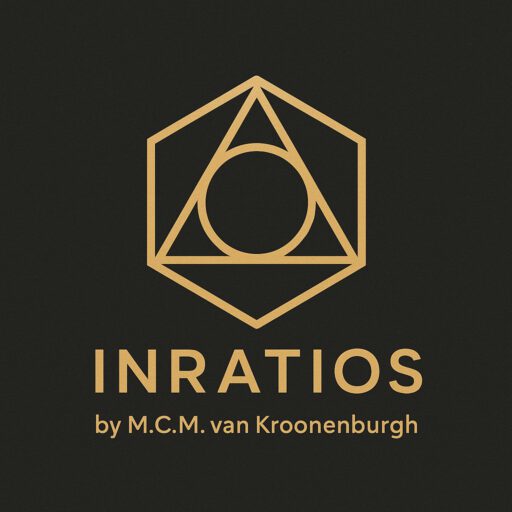Why Pi Was Only Half the Story
Exploring the limits of elegance when geometry meets the digital world
Let’s start with a quiet confession:
I love the elegance of pi.
That strange, infinite number has fascinated mathematicians and artists alike for centuries.
It’s the fingerprint of the circle—the constant that shows up in everything from pendulums to probabilities, architecture to astronomy.
But somewhere along the way, I started to wonder:
What if pi isn’t the whole story?
When precision meets infinity
We’re taught early on that pi (π ≈ 3.14159…) is essential to understanding curves.
It gives us the tools to calculate the circumference and area of a circle.
It’s deeply embedded in geometry, physics, and engineering.
But there’s something about pi that quietly resists full adoption—especially in systems that depend on finite, storable values.
You can’t write pi down exactly.
You can’t compute it fully.
And you certainly can’t encode it in binary without rounding it off.
That’s not a problem with pi itself.
It’s a limitation in how we expect an infinite constant to behave within systems that rely on clarity, precision, and repeatability— particularly in digital environments like computing, simulation, or the metaverse.
And perhaps the challenge is even deeper in quantum mechanics,
where the pursuit of fundamental truth depends on what we can actually measure and define.
Rethinking what a circle needs
That thought led me to a quiet but persistent question:
If something as complete and elegant as a circle depends on a value we can’t fully express—
how do we make sense of it in systems that rely on precision?
The circle is timeless.
It’s simple, balanced, and deeply embedded in both nature and mathematics.
But when we describe it using an irrational constant like pi—
a value that never ends, never resolves—
we create a gap between its ideal form and our ability to represent it.
This gap becomes especially visible in systems that require exactness:
where values must be stored, compared, and reproduced.
Not because the circle fails,
but because the language we use to define it falls short.
That opened a door to a different kind of thinking.
Not one that challenges pi’s function,
but one that asks:
What if we could express the circle through a shape that contains it—
to overcome the limitations of infinite representation?
Not a better shape—
but a stable reference.
Not an approximation—
but a framework.
Looking forward
Pi doesn’t need defending.
It’s a remarkable constant with deep roots in science, nature, and thought.
But in a world increasingly shaped by computation and comparison,
we need more than conceptual richness—we need precision.
Not something more refined.
But something more grounded—
a way to make proportional relationships visible, testable, and structurally consistent.
This led me toward the square.
Not as an object, but as a reference—
a clear, scalable framework in which other forms, like the circle, can take shape with integrity.
A higher-order perspective from which simplicity becomes structure.
And so the question I began to ask was simple:
“What if we could describe a circle—
without chasing infinity?”

